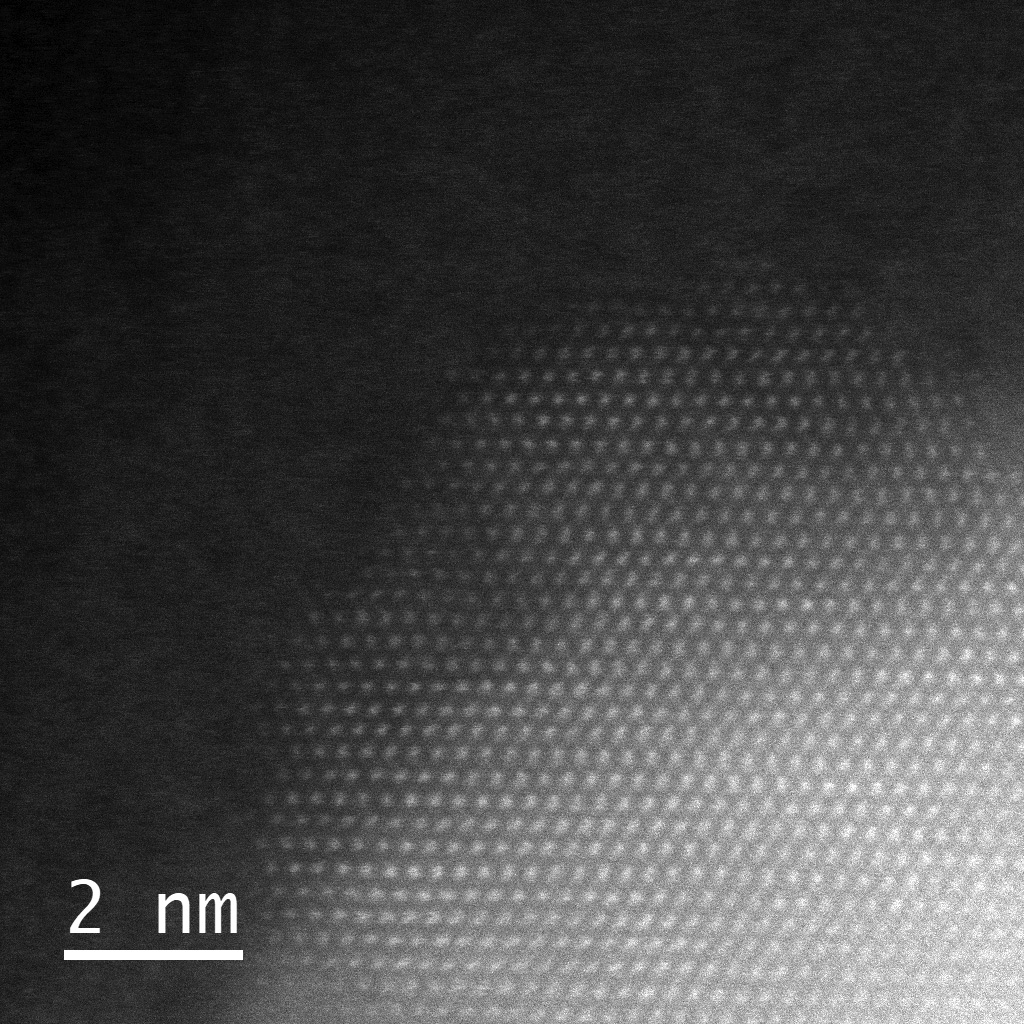Traditionally, hydrogen production uses electricity to break water molecules apart into hydrogen and oxygen. This is normally done using a source of freshwater. However, with freshwater resources becoming increasingly scarce and required for other essential purposes, the use of seawater as a feedstock for hydrogen production makes a lot of sense. An alternative approach that does not need electricity but relies on a catalyst to facilitate the conversion would be a much more sustainable and efficient process. This is what researchers, led by Prof. Zongyou Yin at the Australian National University, have done in collaboration with experts at our UNSW Sydney facility.
They designed and constructed unique and intricate catalyst nanoparticles consisting of copper spheres coated with a layer of nitrogen and carbon that also contains dispersed single atoms of cobalt. Sunlight interacts with the particles to make them very reactive and efficient at splitting water into hydrogen and oxygen. These particles don’t need the rare and expensive precious metals that many other approaches depend on and are also exceptionally stable in the long term.
The superior performance of these unique catalytic nanoparticles is due to two key factors. Firstly, the enhancement of the reaction by sunlight. Secondly, the reaction is further enhanced by the salts in the seawater.

Atomic-scale transmission electron microscope image showing the crystal structure of the copper core of the nanoparticles surrounded by a halo of the non-crystalline carbon–nitrogen–cobalt shell
The efficiency of the catalysts relies on the atomic configuration and interactions between the copper and the cobalt at the nanoscale. Accurate high-resolution imaging and elemental analysis were essential to confirm the composition and to visualise the structure of the nanoparticles. Amongst a suite of analytical techniques, the team used the atomic-scale transmission electron microscope at our UNSW Sydney facility.
These catalytic nanoparticles have the potential to be translated into a sustainable technology to enable the production of green hydrogen from just seawater and sunlight.
Ref. Zhehao Sun et al., Advanced Materials 2025 DOI: 10.1002/adma.202406088
Images confirming the elements present in the nanoparticles.
May 26, 2025